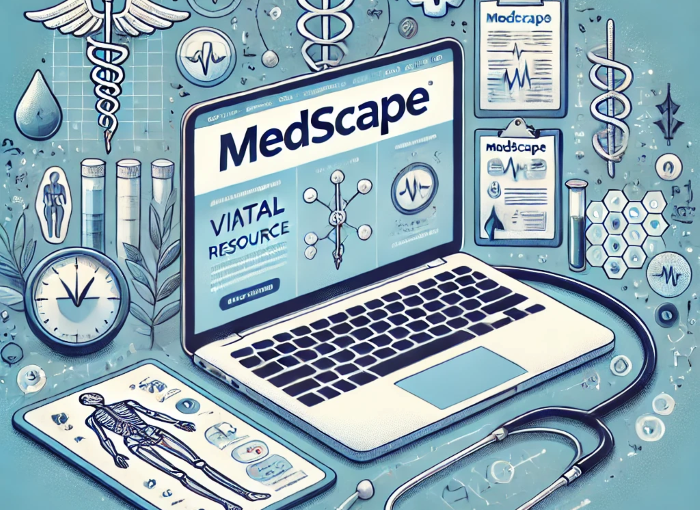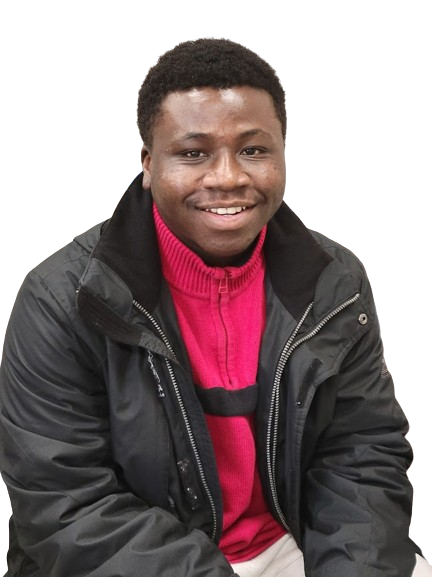Rocking the Freelance Music Scene: A Guide to Pursuing Your Passion
If you’ve got a passion for music and want to turn it into a career, you’re in the right place. Freelancing in the music industry can be incredibly rewarding, offering both creative freedom and a variety of work opportunities. Here’s how you can kickstart your career and the types of gigs you can pursue.
Step 1: Build Your Brand
As a freelancer, you are your own brand. Building a strong personal brand can set you apart from the competition and attract clients. Here’s how you can do it:
- Create a Professional Website:
- What to Include: Your biography, samples of your work, testimonials, a blog, and contact information.
- Why It’s Important: A professional website acts as your portfolio and makes it easy for potential clients to find and hire you.
- Leverage Social Media:
- Platforms to Use: Instagram, Facebook, Twitter, TikTok, and YouTube.
- What to Post: Regular updates about your projects, behind-the-scenes content, music covers, and live performances.
- Why It’s Important: Social media is a powerful tool to reach a wider audience, engage with fans, and showcase your personality and talent.
- Network and Collaborate:
- How to Network: Attend music events, join online music communities, and collaborate with other artists.
- Why It’s Important: Networking can open doors to new opportunities and help you build a solid reputation in the industry.
Step 2: Embrace the Entrepreneurial Spirit
As a music freelancer, you’re not just an artist—you’re also an entrepreneur. Here’s how to get into the entrepreneurial mindset:
- Understand the Business Side:
- What to Learn: Basics of contracts, taxes, budgeting, and invoicing.
- Why It’s Important: Managing your finances and legal matters efficiently will help you sustain and grow your career. To learn more about the financial and legal side of Music Freelance be sure to check out Tax Tips for Artists and Musicians.
- Set Clear Goals:
- What to Do: Outline short-term and long-term goals for your career.
- Why It’s Important: Having clear objectives keeps you focused and motivated.
- Market Yourself:
- Strategies: Use email marketing, join music directories, and participate in industry forums.
- Why It’s Important: Effective marketing helps you reach potential clients and gigs.
- Offer Multiple Services:
- What to Offer: Diversify your offerings, such as songwriting, producing, teaching, and performing.
- Why It’s Important: Multiple income streams increase your financial stability.
Step 3: Stay Organized
As a freelancer, you’ll need to manage your schedule, finances, and contracts. Use tools like Google Calendar, Trello, and accounting software to keep everything in check. Staying organized will help you focus on your music and avoid the chaos that can come with freelancing.
Step 4: Keep Learning and Growing
The music industry is always evolving, so stay updated with the latest trends and technologies. Take online courses, attend workshops, booking conferences and never stop learning. The more versatile you are, the more opportunities you’ll have.
Types of Freelance Gigs
- Session Musician:
- What it involves: Playing instruments or singing for other artists’ recordings.
- Who it’s for: Instrumentalists and vocalists with solid technical skills and the ability to adapt to different musical styles.
- Example: A guitarist laying down tracks for a pop artist’s new album or a drummer recording for a jazz trio.
- Live Performer:
- What it involves: Performing live at venues, events, or tours.
- Who it’s for: Musicians who love the spotlight and have strong stage presence.
- Example: Playing at local bars, weddings, corporate events, or going on tour with a band.
- Music Producer:
- What it involves: Overseeing and managing the recording and production of music tracks.
- Who it’s for: Tech-savvy individuals with a knack for sound engineering and creativity.
- Example: Producing tracks for aspiring artists, remixing songs, or creating beats for hip-hop artists.
- Composer/Songwriter:
- What it involves: Writing original music or lyrics for artists, TV shows, commercials, or movies.
- Who it’s for: Those with a talent for crafting melodies and lyrics.
- Example: Writing a jingle for an advertisement or composing a score for an indie film.
- Music Teacher:
- What it involves: Giving private lessons or teaching at music schools.
- Who it’s for: Musicians who enjoy teaching and sharing their knowledge.
- Example: Offering guitar lessons to beginners or teaching music theory at a local school.
- DJ:
- What it involves: Playing and mixing music at clubs, parties, or events.
- Who it’s for: Those who love curating playlists and have a talent for mixing tracks.
- Example: Spinning tunes at a nightclub or being the go-to DJ for weddings and private parties.
- Music Licensing:
- What it involves: Licensing your music for use in TV shows, films, commercials, and video games.
- Who it’s for: Composers and producers with a library of original tracks.
- Example: Getting your song featured in a movie trailer or a commercial.
Final Thoughts
Pursuing a career in music freelancing is like riding a wave of creativity and business savvy. It’s challenging, but with passion, dedication, and a bit of hustle, you can turn your musical dreams into reality. So, tune those guitars, warm up those vocal cords, and get ready to rock the world!



